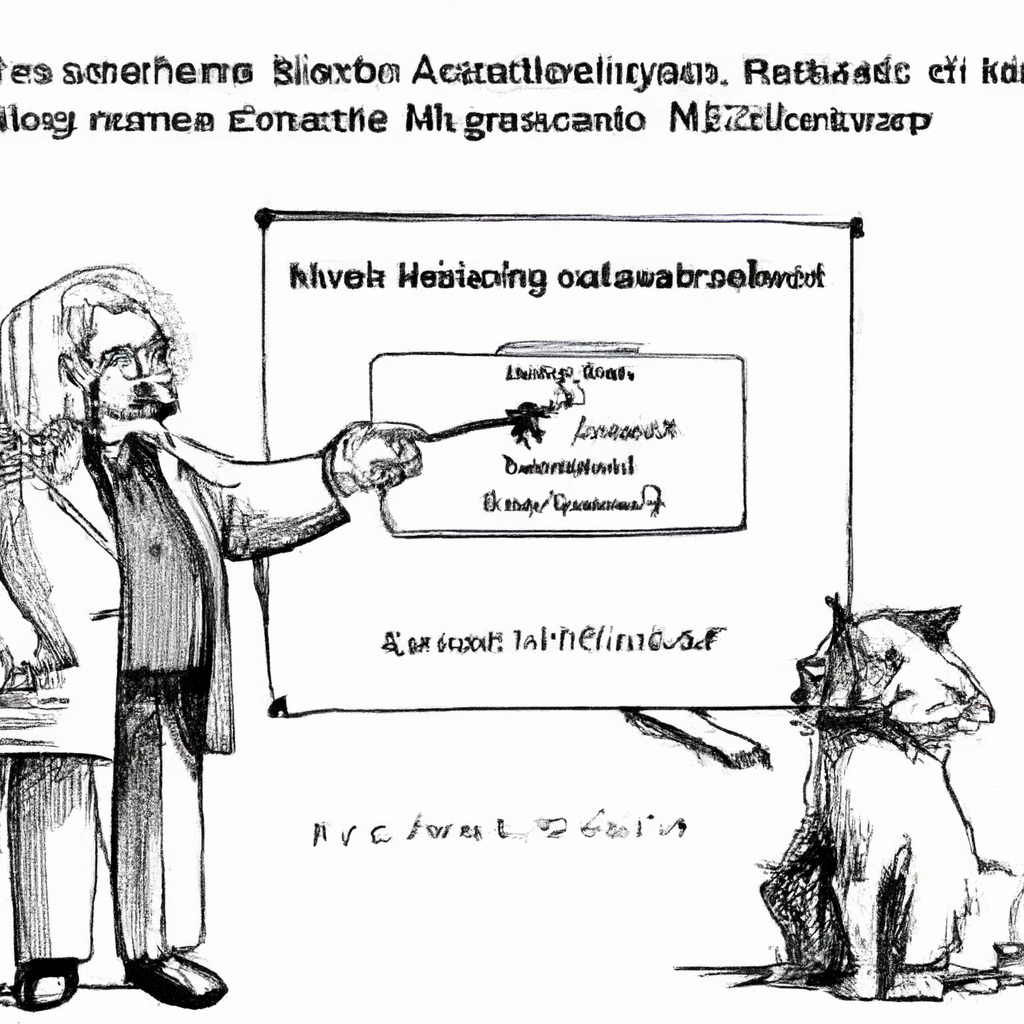
Title: A Beginner’s Guide to Artificial Intelligence
Artificial Intelligence (AI) has become a fundamental part of the digital world, transforming industries and redefining how tasks are accomplished. As a beginner stepping into this realm, it is essential to understand what AI entails, its various forms and applications, as well as some basic guidelines on how to begin using it.
## Understanding Artificial Intelligence
At its core, artificial intelligence refers to computer systems or machines that mimic human intelligence—learning from experiences, understanding complex content, interpreting new inputs and performing tasks that typically require human intellect such as decision-making or speech recognition.
There are two broad types of AI: Narrow AI which excels in performing specific tasks like voice commands in Siri or Alexa; and General AI which can perform any intellectual task just like humans. However currently general AI remains largely theoretical with most real-world applications utilizing narrow Ai.
## The Importance of Machine Learning
Machine learning (ML), an application of artificial intelligence where computers learn without being explicitly programmed is vital for beginners. It involves training an algorithm so it can make predictions based on data inputted into the system. For example Google uses ML algorithms for delivering better search results by predicting what you might be interested in based upon your past searches.
## Starting With Coding Language
To get started with building simple machine learning models one needs knowledge about coding languages popularly used in developing these models – Python being the most common due to its simplicity yet powerful capabilities along with R language known for statistical computing purposes.
Here’s a snapshot:
Python:
It offers excellent libraries such as TensorFlow and Keras designed specifically for machine learning implementations.
R:
Primarily used by statisticians due their extensive graphing capabilities allowing visually appealing data representation aiding analysis.
How-to example:
Creating Simple Linear Regression Model Using Python
Linear regression model predicts relationship between two variables – independent(predictor) & dependent(target).
Steps involved include importing necessary libraries (Pandas, NumPy & Sklearn), loading dataset, splitting it into training and test sets, creating linear regression model using sklearn’s LinearRegression(), fitting the model with train data and finally predicting target value for test data.
## Ethics in AI
As an AI enthusiast or practitioner it is crucial to understand ethical implications of this technology. Issues like privacy concerns, bias in algorithms influencing decision making process unfairly can have significant societal impact. Hence understanding these issues and incorporating fairness transparency accountability are essential while developing AI applications.
## The Future of Artificial Intelligence
Artificial intelligence has a promising future with advancements being made at a rapid pace. With technologies like natural language processing (NLP) enabling machines to understand human speech more accurately or deep learning helping computers learn from large amounts of unstructured data – the possibilities are endless.
However as exciting as these developments may be they also pose challenges such as job displacement due to automation which needs addressing through policies ensuring smooth transition towards increasingly automated economy.
In conclusion embracing artificial intelligence requires not just technical know-how but also awareness about its broader implications both positive and negative thereby equipping oneself better for this fascinating journey into world of AI.
Artificial Intelligence, specifically in the form of chatbots, is widely used across various industries. For instance, in customer service and support operations of a business, AI-powered chatbots can be utilized to improve efficiency and effectiveness. These intelligent bots are programmed to understand human languages and sentiments using Natural Language Processing (NLP). They can easily handle multiple customer queries simultaneously 24/7 without any delays or errors.
When a customer visits the company’s website or interacts on social media platforms with an inquiry or complaint, instead of waiting for human intervention which might not always be timely due to high volume inquiries or off-work hours; AI Chatbot promptly responds by providing instant solutions based on its pre-set algorithms. It may guide customers through troubleshooting steps if there’s product-related issue or provide information about products/services as required.
Not only does this result in increased customer satisfaction due to prompt responses but it also reduces operational costs for businesses since they don’t need as many live agents available around-the-clock. Moreover, these AI-driven systems continuously learn from their interactions making them more efficient over time – enhancing their capability to assist users effectively.
Here’s a Story About Gato Rico
Once upon a time in the heart of Silicon Valley lived an eccentric millionaire, Mr. Felix Whiskerton, who had no family but one beloved cat named Gato Rico. Now you might think that this is just another ordinary tale about an old man and his pet cat – well it’s not! You see, Gato Rico was anything but ordinary.
Gato Rico wasn’t called ‘Rico’ for nothing; he was indeed rich. He inherited all his master’s wealth when Mr.Whiskerton passed away peacefully in his sleep one night. As per the will, everything from sprawling estates to high-tech gadgets were left behind for this feline friend.
One peculiar thing about Mr.Whiskerton was that he loved technology almost as much as he loved Gato Rico. His mansion was filled with every piece of modern tech imaginable – Virtual Reality sets, drones and most importantly artificial intelligence (AI) systems everywhere!
Now being alone after the demise of his owner and surrounded by AI technology at its best or worst depending on how you look at it- things got interesting for our furry protagonist.
The first couple days post Whiskerton’s passing were rough on poor ol’ Rich Cat – or so we thought until we saw him interacting with Alexa over breakfast one day! Yes indeed folks – our furball figured out how to order gourmet salmon using Alexa!
And then there came Roomba: initially considered a nemesis because it kept chasing him around the house while cleaning up stray hairs inadvertently dropped by him during those lazy afternoon stretches; until suddenly they became best friends when ‘Rich Cat’ realized Roomba could also double up as an excellent masseuse if positioned correctly.
But perhaps what tickled everyone’s funny bone beyond belief is how Gato used Siri to manage investments.
Yes you heard right! The wealthy kitty would meow into voice recognition software which translated into “Buy low sell high” or “Invest in Catnip stocks.” The AI system was programmed to understand and execute Gato’s commands. And you wouldn’t believe it – he was actually doing a pretty good job at managing his wealth!
The tale of Gato Rico spread far and wide, making him an overnight sensation. His life became the talk of Silicon Valley, with tech-giants wanting to study how this feline friend interacted so effortlessly with artificial intelligence.
Gato Rico’s story is not just one about a rich cat living his best life; it’s also about how technology can be used in the most unexpected ways. It’s funny yet thought-provoking – reminding us that sometimes, amidst all our human complexities and advanced technologies, we might just get outsmarted by a furry four-legged creature who knows nothing more than ‘meow’!






